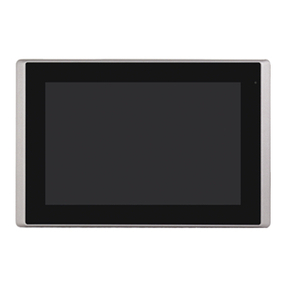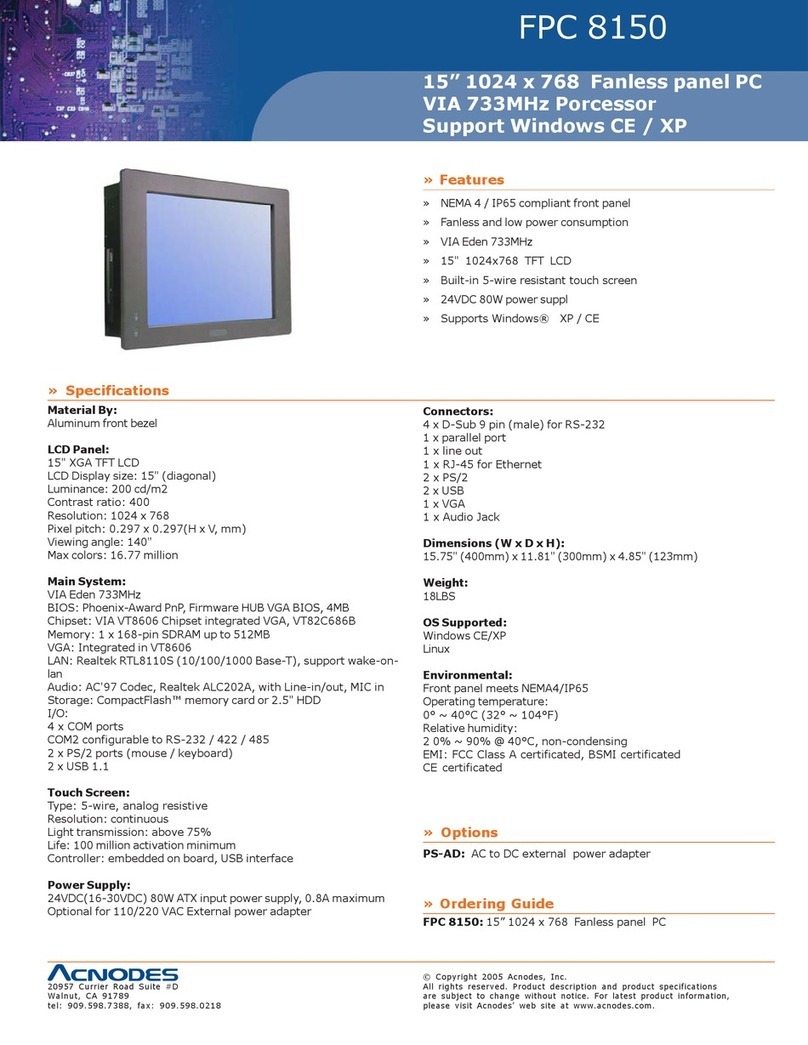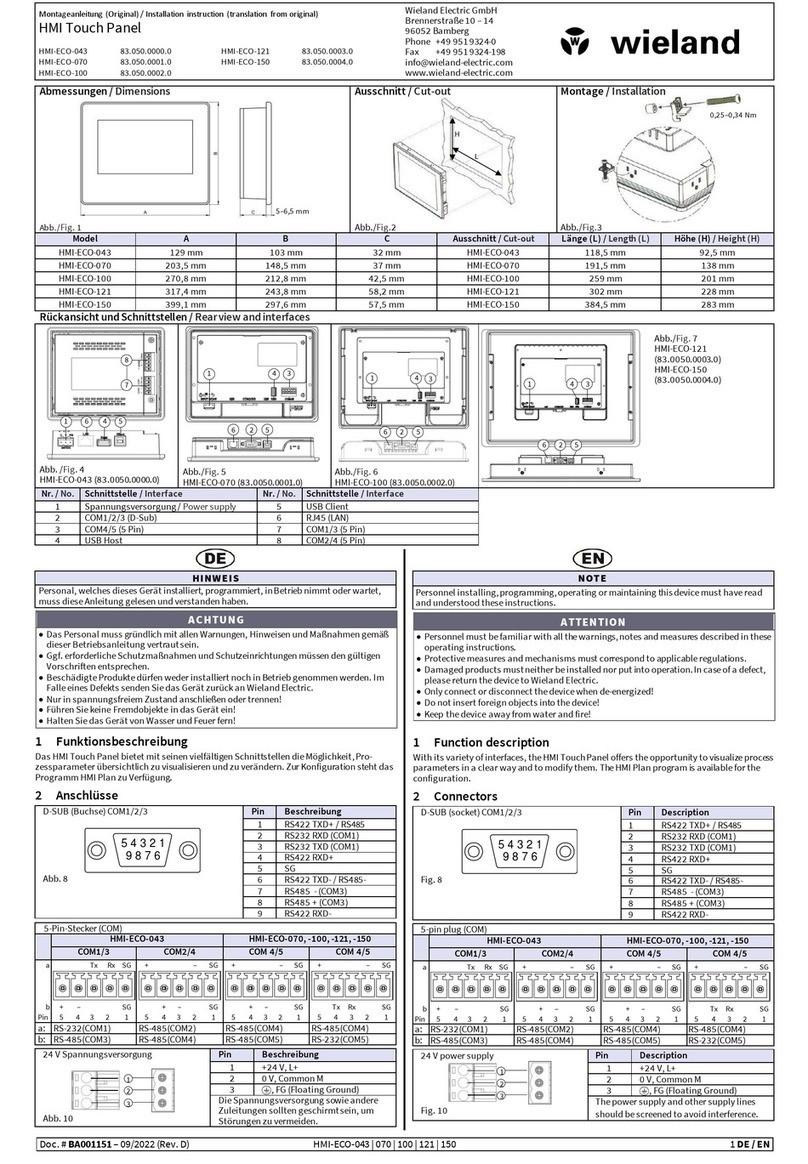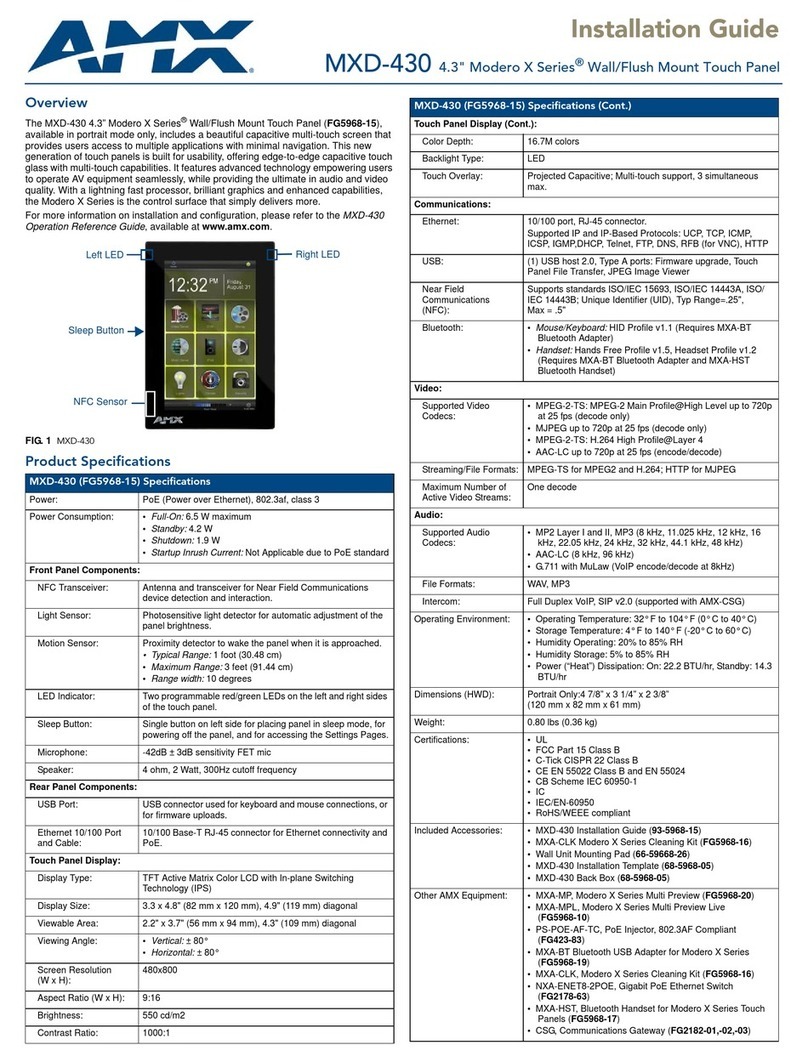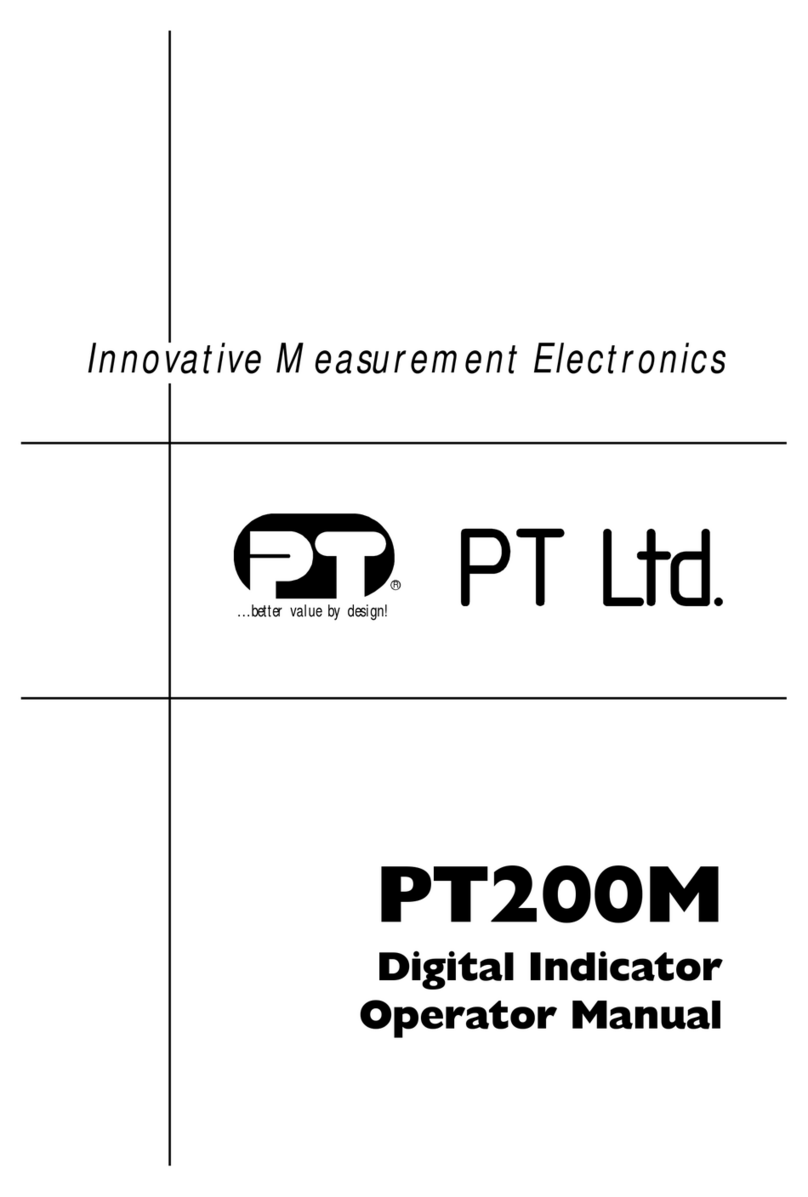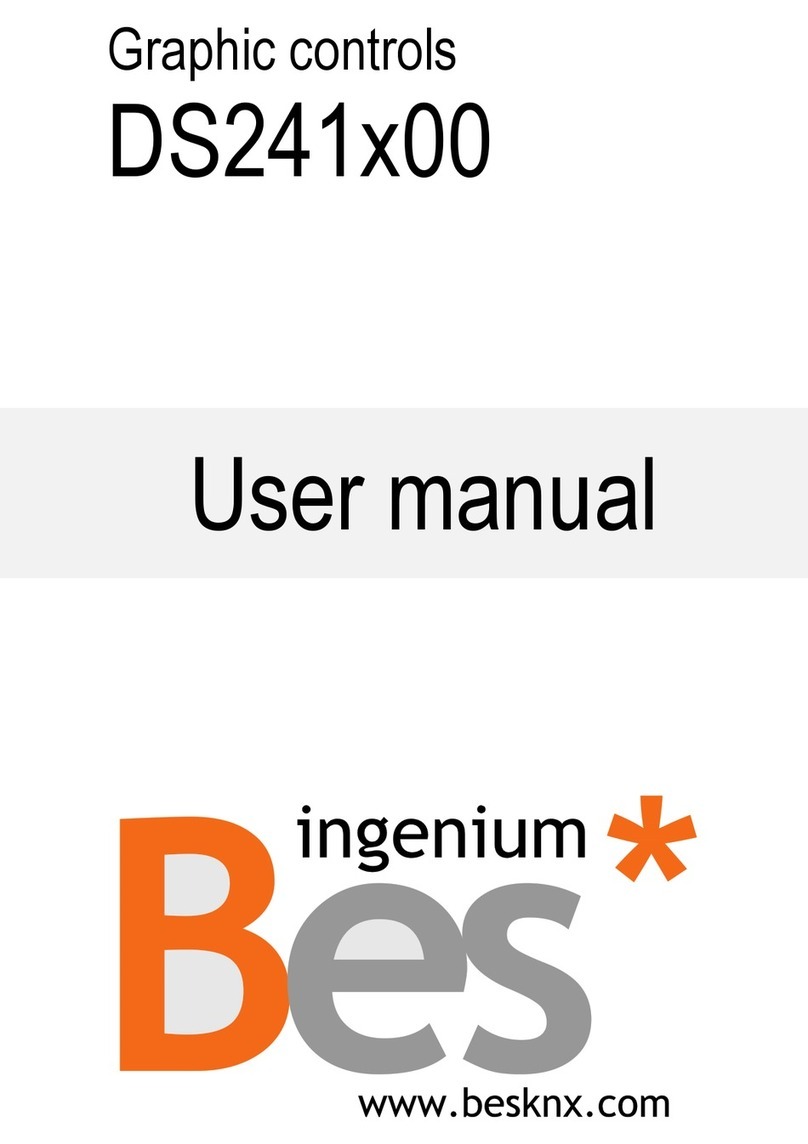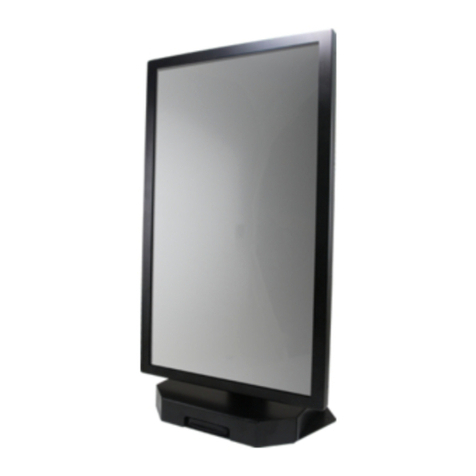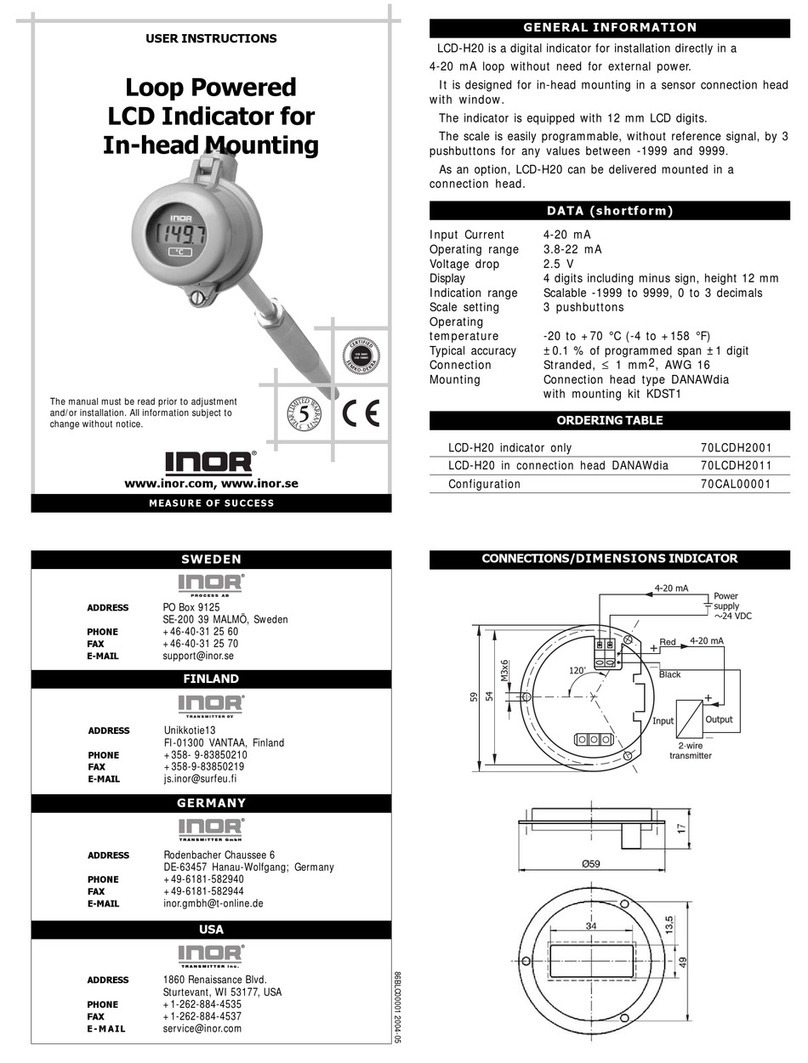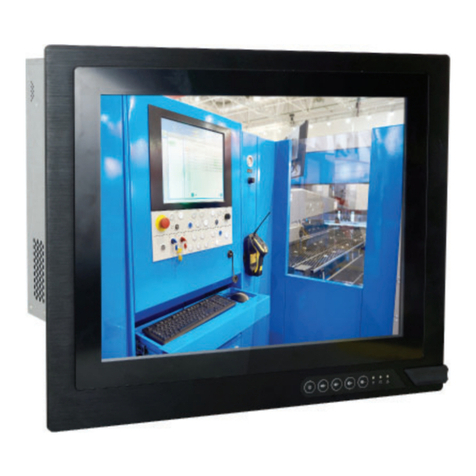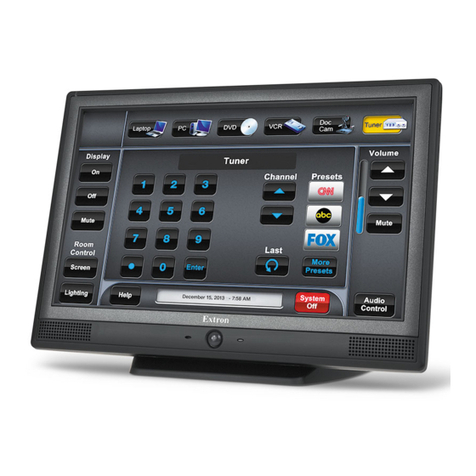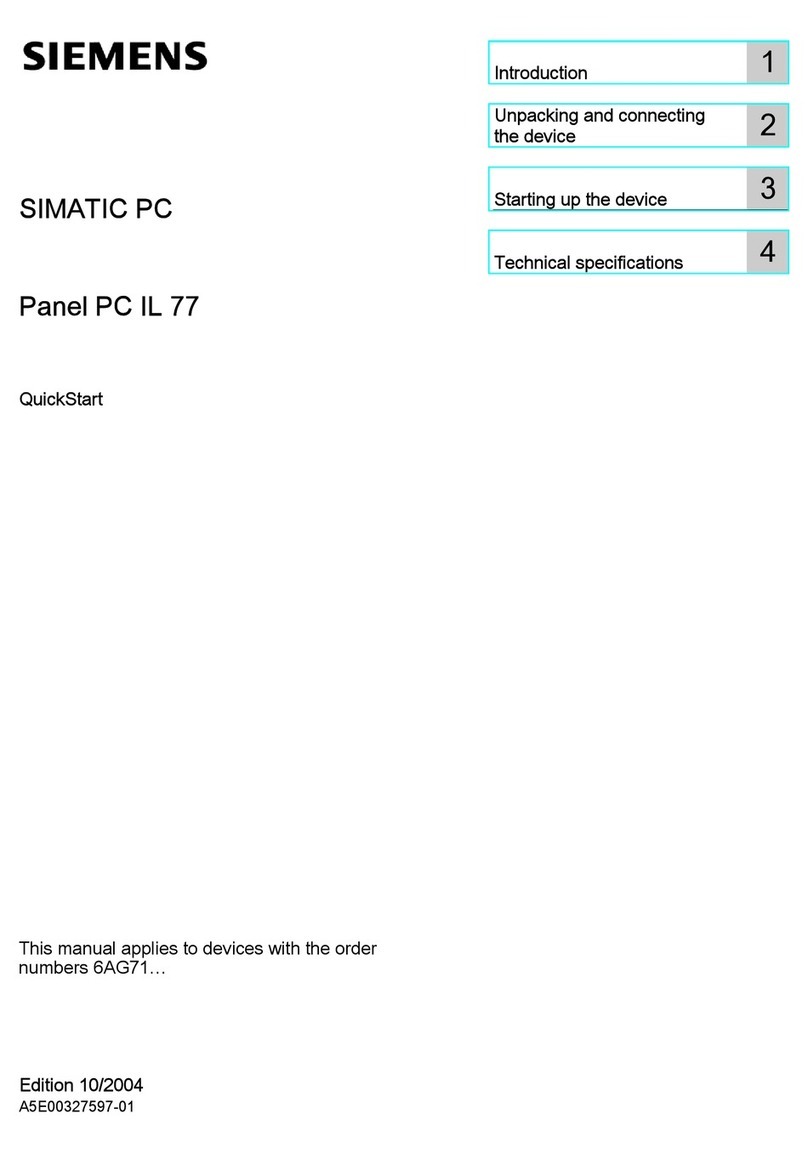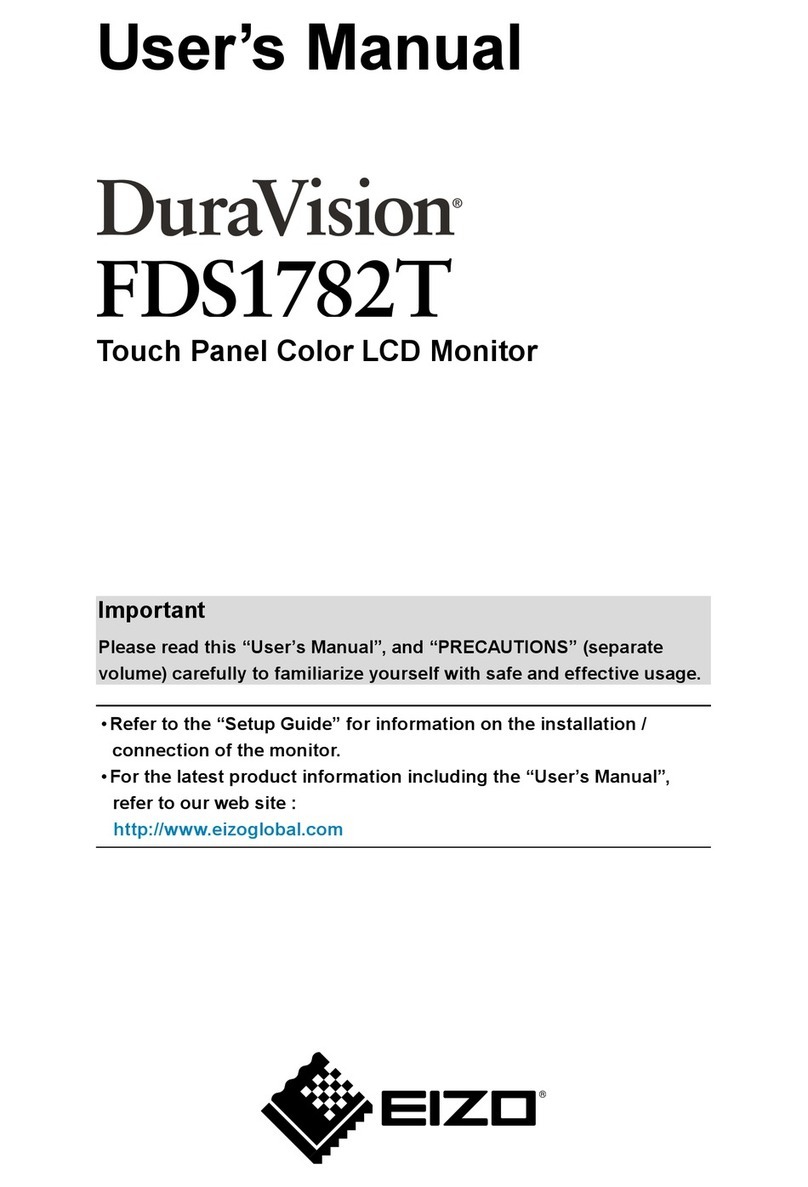BENDIXKing Skymap IIIC Manual

Pilot’s
Guide
BendixKing.com
KLR 10
Lift Reserve Indicator

Bendix/King by Honeywell
9201-B San Mateo Blvd. NE
Albuquerque, New Mexico 87112
Product Registration
For product registration go to BendixKing.com or call our
customer support number below.
Customer Support
US and Canada - 1.855.250.7027
International – 1.602.365.7027
bendixking.com/support
At Bendix/King we value your opinion and we are listening. For
comments about this guide, please email:
pubs@bendixking.com
COPYRIGHT NOTICE
© 2013 Bendix/King by Honeywell. All rights reserved.
Reproduction of this publication or any portion thereof by any
means without the express written permission of Honeywell
International Inc. is prohibited. See Appendix for complete
terms and conditions.
The information contained in this manual is for reference
only. If any information contained herein conflicts with similar
information contained in the Airplane Flight Manual, the
information in the Airplane Flight Manual shall take
precedence.

KLR 10 Pilot’s Guide
P/N D201306000109 Title
Rev 0 Jul 2013 Page T-1
KLR 10™
LIFT RESERVE
INDICATOR
PILOT’S GUIDE
The KLR 10 is approved for installation in
experimental category aircraft ONLY. It is not
approved for installation in certified aircraft.

KLR 10 Lift Reserve Indicator Pilot’s Guide
Title P/N D201306000109
Page T-2 Rev 0 Jul 2013
Revision History and Instructions
Manual KLR 10 Indicator Pilot’s Guide
Revision 0
Summary This is a new release.
Record of Revisions
REVISION
NUMBER REVISION
DATE
0JUL, 2013

KLR 10 Lift Reserve Indicator Pilot’s Guide
P/N D201306000109 Table of Contents
Rev 0 Jul 2013 Page TC-1
Table of Contents
Section Page
1. Introduction.............................................................................1-1
1.1 Background Information: .................................................1-1
1.2 System Description..........................................................1-2
2. KLR 10 Controls......................................................................2-1
2.1 Power Up Self Test..........................................................2-1
2.2 KLR 10 Indicator Main Controls ......................................2-1
2.3 The KLR 10 Display Segments:......................................2-4
2.4 Display Brightness Calibration ........................................2-7
2.5 Brightness Adjustment when Active................................2-8
2.6 In-Flight Calibration Flow Charts.....................................2-8
3. Operation.................................................................................3-1
3.1 Practice High AOA Flight Regime...................................3-2
Observed Indications .........................................................3-3
3.2 Practice Takeoff and Climb using AOA...........................3-7
Establish Segments Illuminated.........................................3-8
Fly Practice Approaches for Familiarization.......................3-9
Observed Indications .......................................................3-10
3.3 Practice Best Glide speed.............................................3-11
Establish Segments Illuminated.......................................3-11
3.4 Practice Approaches using AOA...................................3-13
Establish Segments Illuminated.......................................3-14
Fly Practice Approaches for Familiarization.....................3-15
Useful Techniques when using KLR 10 Indicator............3-16
NOTES.............................................................................3-18
4. Appendix .................................................................................4-1
4.1 Acronyms and Abbreviations...........................................4-1
4.2 Honeywell-Confidential....................................................4-2
4.3 Copyright - Notice............................................................4-4

KLR 10 Pilot’s Guide
Table of Contents P/N D201306000109
Page TC-2 Rev 0 Jul 2013
List of Illustrations
Figure Page
Figure 2-1: KLR-10 Indicator Controls............................................2-1
Figure 2-2: OAA Setpoint Calibration..............................................2-9
Figure 2-3: Cruise Setpoint Calibration.........................................2-10
List of Tables
Table Page
Table 2-1: KLR 10 Indicator Control Switch Features ....................2-2
Table 2-2: KLR 10 Indicator Segments...........................................2-4
Table 3-1: Observed Indications Chart.........................................3-17

KLR 10 Lift Reserve Indicator Pilot’s Guide
P/N D201306000109 KLR 10 Controls
Rev 0 Jul 2013 Page 1-1
1. INTRODUCTION
1.1 BACKGROUND INFORMATION:
The KLR 10 system is primarily designed to improve operational
safety of airplanes by increasing pilot awareness of available lift
during operations at high angles of attack (AOA). Additional benefits
may be reaped by identifying or maximizing aircraft performance
based on a fixed AOA or a constant CL, such as maximum range,
best glide, climbs and approaches.
AOA: Angle of Attack is the difference between the
airfoil’s cord line (a line from the leading edge to
the trailing edge of the wing) and the relative
wind (the inverse of the aircraft flight path).
CL: Coefficient of Lift is a relative measure of an
airfoil’s lifting capabilities.
CLmax: Coefficient of Lift Maximum is the AOA which if
exceeded will cause the airfoil to stall.
CD: Coefficient of Drag is a measure of total drag,
induced and parasite drag.
CL/CD:Coefficient of Lift over Coefficient of Drag is a
ratio between lift and drag.
CL/CD Maximum: The maximum lift-to-drag ratio at which
maximum range and maximum glide distance will
be found for propeller airplanes.

KLR 10 Pilot’s Guide
KLR 10 Controls P/N D201306000109
Page 1-2 Rev 0 Jul 2013
1.2 SYSTEM DESCRIPTION
The KLR 10 measures pressure at two points from an AOA probe
mounted solidly to the wing in reference to the cord of the wing that
conveys changing differential pressures, via sense lines, to the
KLR 10 IF module. The IF module converts the pressures into an
electronic signal that is transmitted to the KLR 10 indicator.
The KLR 10 indicator interprets the signal and turns on the
appropriate segments to convey the AOA or lift information to the
pilot. In addition to the visual display, the IF module also has an I/O
connector that allows connection of the remote audio interface
system that provides warning annunciations in the pilot’s headset.
The KLR 10 draws a minimal current of less than approximately ¼
amp (250mA) of electrical power. For the system to operate
correctly, it must be supplied electrical power within a range of 12 to
28VDC and be calibrated correctly.
The AOA probe must be kept clear of any obstructions and be
mounted securely, in clean air flow. The final AOA probe to wing
angle will be determined by the amount the bottom of the wing varies
from parallel to the cord of the wing. For most aircraft, the starting
angle is 50 degrees from the leading edge of the AOA probe
mounting plate. The KLR 10 system will adjust for differences within
a limited electrical signal range. AOA Probe angle readjustment
may be needed to allow for full scale electronic calibration.
Probe heat is an option and if installed requires approximately 7.8
amps of electrical power at 12 or 24VDC to operate. To extend the
life of the probe heat element, it is recommended that the probe heat
not be used for prolonged periods while on the ground.

KLR 10 Lift Reserve Indicator Pilot’s Guide
P/N D201306000109 KLR 10 Controls
Rev 0 Jul 2013 Page 2-1
2. KLR 10 CONTROLS
2.1 POWER UP SELF TEST
When power is first applied to the KLR 10, the KLR 10 runs through
a built in test. During the test, the segments cycle up and then down
the display. When the test is complete, the segments turn off and the
KLR 10 annunciates “AOA test complete”.
2.2 KLR 10 INDICATOR MAIN CONTROLS
Figure 2-1: KLR-10 Indicator Controls
Use the table below for a description of the functions of the controls
in Figure 2-1 .

KLR 10 Pilot’s Guide
KLR 10 Controls P/N D201306000109
Page 2-2 Rev 0 Jul 2013
Table 2-1: KLR 10 Indicator Control Switch Features
ITEM CONTROL FUNCTION
1 Audio “Mute”
Amber LED
When the LED is illuminated, audio is
muted. When the LED is not illuminated,
audio is not muted.
2 Audio “Mute”
Toggle Switch In the UP position, this switch mutes the
audio and illuminates the amber LED (1)
on the KLR 10 indicator.
In the down position, t
his switch
activates the high AOA warning
annunciations and the amber LED (1) on
the KLR 10 indicator is not illuminated.
3 Calibration
Mode Switch
Rotary switch used to enter calibration
mode
. When the slot is in the vertical
position and the brightness mode button
is pressed one time, the calibration mode
is activated. When the slot is turned to
the horizontal position and the brightness
mode button is pressed one time, the
calibration mode i
s exited and the
KLR 10
unit announces: “Calibration
Mode Off”.

KLR 10 Lift Reserve Indicator Pilot’s Guide
P/N D201306000109 KLR 10 Controls
Rev 0 Jul 2013 Page 2-3
ITEM CONTROL FUNCTION
4 Brightness /
MODE Push
Button Switch
(Multiple
Functions)
The Brightness button is the black push
button on the lower right corner of the
display.
The Brightness button has 2 functions:
Changes
the brightness levels of the
colored segments (Quickly push and
release to cycle thru 16 brightness
levels),
Operates as a MODE switch, to enter
into and out of OAA and Cruise
calibration steps when the calibration
rotary switch is vertical. See page 2-7 for
more information on how to set the
Brightness levels.
5 The “CAL
SET” push
button
The calibration set push button is the
black button located at the bottom right
corner and is recessed underneath the
front case. The calibration set button is
used to enter selected calibration set
points (Ground Zero, OAA and Cruise)
during the calibration procedure. It can
be actuated using a pencil or other small
blunt pointer.
6 Display
Segments
Multicolored segments that correspond
to different angles of attack for the
aircraft.
7 Auto
Brightness
Photo Cell
The photo cell is in the top, middle of the
KLR 10
display and automatically
detects the ambient light changes which
will switch from daytime brightness
preset to nighttime brightness presets.

KLR 10 Pilot’s Guide
KLR 10 Controls P/N D201306000109
Page 2-4 Rev 0 Jul 2013
2.3 THE KLR 10 DISPLAY SEGMENTS:
The KLR 10 display has chevron and bar styled LED-driven color-
coded segments; which once correctly calibrated, illuminate
corresponding to the AOA of the aircraft. The display will respond to
the linear changes of the aircraft’s AOA from Cruise, up to Stall and
gives a repeatable, instantaneously changing segment
representation of that range. The display will illuminate a series of
transitional segments from no segments to the Green Bar
(“Cruise” indication for the aircraft located at the bottom
of the display),and on through to the flashing Red Arrow
“” (stall indication for the aircraft located at the top of
the display).
A correctly calibrated KLR 10 will provide a linear increase in AOA
indication as the aircraft slows. The final “Too slow Too Slow” alert
with flashing red arrow MUST be active prior to the actual
aerodynamic stall. Ensure during post-calibration testing that the
final KLR 10 alert state is displayed prior to any stall indications.
The 10 possible segment combinations are listed below. Every
aircraft will correlate the lit segment or combination of segments to
the specific aircraft’s AOA dynamics, once calibrated. The
relationship of when and which combination shows is unique to the
aircraft’s AOA and can be accurately correlated ONLY when in-flight.
Table 2-2: KLR 10 Indicator Segments
SEGMENT ABBR CONDITION
G Green Bar with no other segments
indicates Cruise set point, (lots of
lift).
Y1 Single lower Yellow Bar with no
other segments indicates
slowing/moderate AOA.

KLR 10 Lift Reserve Indicator Pilot’s Guide
P/N D201306000109 KLR 10 Controls
Rev 0 Jul 2013 Page 2-5
SEGMENT ABBR CONDITION
Y2 Double Yellow Bars with no other
segments indicates pattern
entry/increasing AOA.
Y3 Single upper Yellow Bar with no
other segments indicates Base
leg/increasing AOA.
YB Single upper
Yellow Bar with
Blue lower Half-Circle indicates
Final/slightly fast.
B Blue Circle / Donut with no other
segments indicates Optimum
Alpha Angle (AOA).
BR Single Red Bar with Blue upper-
Half-Circle
with no other
segments indicates slightly
slow/below OAA.
R1
Red Bar with inverted Red
Chevron
with no other segments
indicates too slow (level 1) KLR 10
annunciates “Check AOA”.
R2 Red Arrow
with inverted Red
Chevron
with no other segments
indicates too slow (level 2) and
KLR 10 annunciates “Caution.
Too Slow”.

KLR 10 Pilot’s Guide
KLR 10 Controls P/N D201306000109
Page 2-6 Rev 0 Jul 2013
SEGMENT ABBR CONDITION
R3 Flashing Red Arrow
, with no
other segments indicates critical
AOA (level 3) and KLR 10
annunciates “
Too slow! Too
slow!”
Note: No Segments illuminated =Power off OR very low speed
and lift state OR absence of pressure information to the
interface module OR aircraft on the ground with no
movement.

KLR 10 Lift Reserve Indicator Pilot’s Guide
P/N D201306000109 KLR 10 Controls
Rev 0 Jul 2013 Page 2-7
2.4 DISPLAY BRIGHTNESS CALIBRATION
The KLR 10 indicator is preset at the factory for daytime/nighttime
brightness levels. If the maximum/minimum brightness levels need to
be changes in your aircraft follow the following procedure to preset
both the daytime and nighttime display brightness levels while on the
ground.
Enter the Brightness calibration mode as follows:
•Ensure that power is not applied to the KLR 10.
•Depress and hold the Brightness button on the KLR 10
indicator then apply power to the KLR 10.
•Continue to depress the Brightness button for about 6 seconds
after power has been applied.
•Release the Brightness button.
The system enters its self test causing the colored segment
illumination routine. All segments are illuminated one by one
upwards and then one by one downwards ending with all the
segments being illuminated.
The system is now in Brightness calibration mode.
•With a light applied directly to the photo diode on the KLR 10
indicator for at least 5 seconds, press and release the
Brightness button until the display is at its maximum brightness.
Cycling past the maximum brightness of the colored segments will
cause the indicator to return to the minimum level. There are 16
brightness steps that are sequenced through, increasing brightness
at each step.
•Wait 5 seconds for the unit to store the setting then remove the
light from the KLR 10 indicator.
The display’s brightness will change to the lower brightness level
unless the low light setting was set to maximum brightness or the
cockpit is in daylight.

KLR 10 Pilot’s Guide
KLR 10 Controls P/N D201306000109
Page 2-8 Rev 0 Jul 2013
•Next, cover the photo diode on the display for at least 5 seconds
with your thumb or a piece of black electrical tape, quickly press
and release the Brightness button on the KLR 10 indicator until
it’s at a minimum or lowest level.
•Wait 5 seconds for the unit to store the setting than remove your
thumb or tape.
•Observe that the display’s brightness level changes from dim to
bright when light is applied and removed from the photo diode.
•Remove power, wait a few seconds and re-apply power.
The system will enter its self test, display illumination routine in
which all colored segments are illuminated one by one upwards and
then one by one downwards. The system enters the active mode if
calibration has been completed or the inactive pre-calibration display
mode, needing OAA and Cruise calibration.
2.5 BRIGHTNESS ADJUSTMENT WHEN ACTIVE
To change brightness when the unit is active, quickly push and
release the Brightness button until the desired brightness level is
reached.
There are 16 brightness levels and a photo cell to detect
“nighttime” and “daytime”ambient light levels and automatically
switches to the stored level. The new brightness levels are stored
when powered off.
2.6 IN-FLIGHT CALIBRATION FLOW CHARTS
The following flow charts contain an abbreviation version of the in-
flight calibration procedures. The complete in-flight calibration
procedures are contained in Section 5 of the KLR 10 Lift Reserve
Indicator Installation Manual, Rev 0.

KLR 10 Lift Reserve Indicator Pilot’s Guide
P/N D201306000109 KLR 10 Controls
Rev 0 Jul 2013 Page 2-9
Good
OAA Set
point?
In-Flight calibration requires the pilot to climb to a
safe altitude for slow flight maneuvers. The pilot will
fly the aircraft to the condition of Optimum Alpha
Angle (OAA): Aircraft is at OAA, when:
1.)
Aircraft is at a safe altitude for slow flight
maneuvers.
2.)
Minimum controllable flight, lower power
setting, (such as a down wind or landing
pattern power setting).
3.) Able to hold altitude, 0 Vertical Speed, not
descending, zero sink (5 to 10 fpm climb
OK if your aircraft looses fl
ight control
stability at 0 VS).
4.) Full aileron, elevator and rudder control, not in
a buffet
, pilot to identify the set point by
pitching back slowly to a pitch no longer able
to climb but able to hold altitude with full
control of the airplane.
Once a good OAA Set point has
been achieved, the pilot
continues to STEP 2 and MUST
enter into the Cruise Calibration
Mode or repeat the OAA Set
point Operation.
SET
AGAIN?
BAD
To set an OAA,
quickly press and
release CAL SET
button.
GOOD
STEP 1
IN- FLIGHT
CALIBRATION of KLR 10
OPTIMUM ALPHA ANGLE
(OAA)
SET POINT
Step C
Press and
release CAL
SET button
to calibrate
when flying
at OAA.
Step A
Turn the
Calibration
Mode Switch
so slot is
vertical.
Turn the Calibration Mode Switch so
slot is vertical. Press the Brightness
button. The Blue Circle/Donut on
the display flashes three times, and
the unit announces “Calibration
Mode On”. The system has entered
the OAA set-point calibration mode.
Note: The Blue Circle/Donut
flashes 2 times every five to six
seconds to indicate the unit is in
OAA set point calibration mode. The
system will remain at OAA Set Point
calibration mode until a valid value
has been entered.
Step B
Press the
brightness
button.
Figure 2-2: OAA Setpoint Calibration

KLR 10 Pilot’s Guide
KLR 10 Controls P/N D201306000109
Page 2-10 Rev 0 Jul 2013
Good Cruise
Set point?
The pilot must fly the aircraft at a
“Cruise” In-
flight condition, straight
and level, holding altitude at Cruise
power. This procedure sets the
display to indicate “Cruise” AOA for
the aircraft.
After the OAA set point is set successfully:
Do not adjust the Calibration Mode Switch.
Press the brightness button to enter the Cruise
Set Point calibration mode. The KLR 10
Display flashes the Green Bar three times and
there is no audio announcement. The system
has entered the Cruise Set point Calibration
mode.
NOTE: The GREEN BAR flashes 2 times
every five to six seconds indicating that the
unit is in Cruise Set Point calibration mode.
Unit will stay in this mode until a valid cruise
setting is entered and OAA and Cruise
calibration mode is exited.
Operational Mode
Pilot to identify other
aircraft in-flight values.
SET
AGAIN?
BAD
To set the Cruise
Set point, quickly
press and release
CAL SET button.
Good Set point:
The GREEN BAR is displayed and
unit announces: “
Cruise Alpha
Calibration Set”. The operator can
set it again or exit calibration Mode,
storing the values, putting the
system in functional mode.
Bad Set point:
The GREEN BAR
flashes 3
times and unit announces:
“Invalid Set Point”.
GOOD
To exit and store the set points (OAA
and Cruise) to memory, turn the
calibration mode switch so that the
slot is horizontal. Then press the
brightness mode push button.
(This completes calibration)
Note:
If the Setting is NOT Successful:
The KLR 10 display returns to an
operational state and discards the
attempted set point (Values out of
range).
AND
The KLR 10 instrument display’s
Green Bar flashes three times and
announces “Invalid Set Point”.
STEP A
Press the brightness
Button. The Green Bar
flashes three times,
there is no audio
announcement.
STEP B
Quickly press
and release CAL
SET button
when flying at
“Cruise”.
STEP 2
IN- FLIGHT CALIBRATION
of KLR 10 CRUSE
SET POINT
Figure 2-3: Cruise Setpoint Calibration

KLR 10 Lift Reserve Indicator Pilot’s Guide
P/N D201306000109 Operation
Rev 0 Jul 2013 Page 3-1
3. OPERATION
The KLR 10 Lift Reserve Indicator improves pilot awareness of
available lift during operation at high angles of attack such as slow
flight, takeoffs and landings.
The system is calibrated with the aircraft in the clean configuration.
When flaps are extended, the KLR 10 AOA indications will be more
conservative (showing higher AOA) when flaps are extended.
This section explains the procedures to be flown to develop a
reference list that shows the segments that are lit on the KLR 10
Indicator during the different phases of flight.
Section 3.1 on page 3-2 gives the procedure to practice a high AOA
flight regime with the use of the KLR 10 Indicator.
Section 3.2 on page 3-7 gives the procedures to practice takeoffs
and climb outs with the use of the KLR 10 Indicator.
Section 3.3 on page 3-11 gives the procedures to maintain best glide
speed with the use of the KLR 10 Indicator.
Section 3.4 on page 3-13 gives the procedures to practice
approaches with the use of the KLR 10 Indicator.

KLR 10 Pilot’s Guide
Operation P/N D201306000109
Page 3-2 Rev 0 Jul 2013
3.1 PRACTICE HIGH AOA FLIGHT REGIME
To familiarize you with the KLR 10 indications during a high AOA
flight regime, use the following outline as a guide:
•Plan a flight to an area where high AOA flight can be performed
without any undue hazards (reference § 91.303 & § 91.305).
•Review the stall recovery procedures for your aircraft. If an
inadvertent stall occurs, immediately recover from the stall using
per your training and the aircraft manufacturers instructions. At
no time is a stall required to correctly calibrate or operate the
KLR 10.
•Acquaint yourself with the KLR 10 indicator and its functions.
•Preflight and operate the aircraft as you would normally.
•When in an area and at a safe altitude that safe operation at
slow flight can be performed and the air is smooth, perform
clearing turns to ensure the area is clear.
•Follow the aircraft procedures and slow the aircraft, in the clean
configuration (No Flaps).
•Maintain coordination.
•Maintain altitude.
•Monitor the KLR 10 indicator.
•Slow to just above the stall. If any stall warning device activates
or an impending aerodynamic stall is imminent, recover
immediately using the appropriate procedure for your aircraft.
•Return to normal flight.
•Using the abbreviations from table 2-2 on page 2-4, write down
the illuminated segments in the space provided below and in the
Table 3-1: Observed Indications Chart on page 3-17.
Other manuals for Skymap IIIC
7
Table of contents
